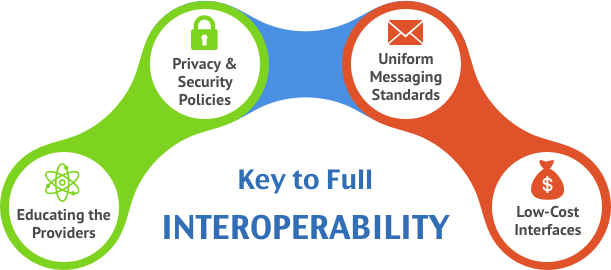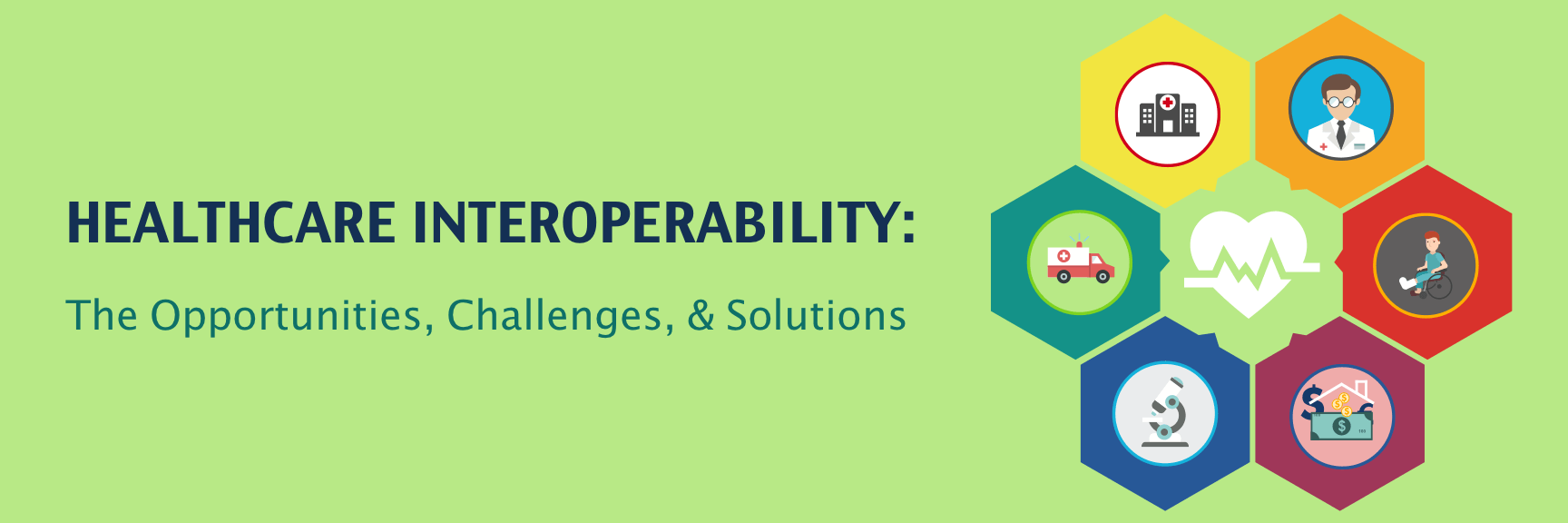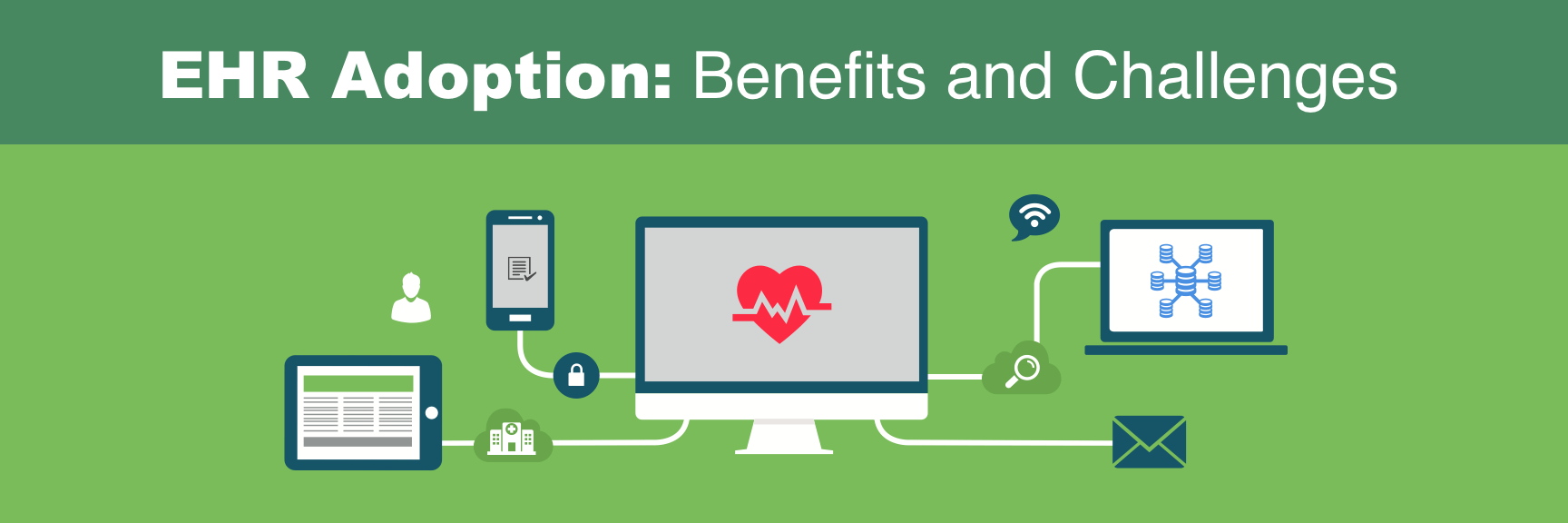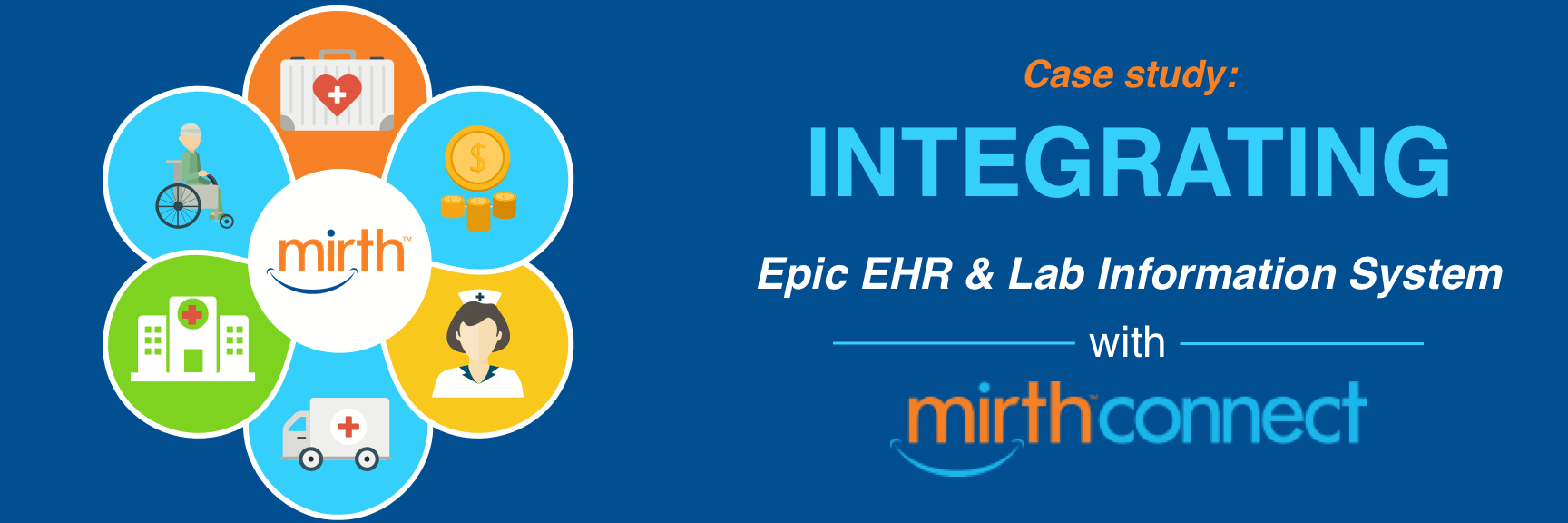Kayaking in Gauley River of West Virginia was like a dream come true for Texas adventure junkie, Noah Clark. But who knew this dream would be his last one.
Noah was padding with five other outdoorsmen when a high wave suddenly pushed him into a Class V rapid, crashing his kayak in a nearby rock. Noah was rushed to the hospital where he was diagnosed with a broken femur.
After a successful emergency surgery, he was given timely epidural anesthesia to manage the postoperative pain. Later, Noah was found dead from an undetected respiratory arrest.
So, was it the accident that took his life? Or the negligence of his doctors or nurses? Well, the answer is NO.
Noah is a victim of a preventable medical error caused due to the lack of interoperability between EHRs. Noah was allergic to opioid-based drugs and his death was the result of overdose of the very medicine that promised to ease his pain. Had his medical history been available to the Virginia hospital, it would have prevented them from using the narcotic and perhaps Noah would still be alive today.
Noah’s case is one of the 400,000 deaths caused due to the medical errors that are a result of absence of interoperable healthcare environment. But to understand why the lack of interoperability can fatal, it is necessary to know what interoperability is and how it is necessary for health care.
Interoperability matters in healthcare

Interoperability is the extent to which numerous medical devices and technologies can exchange, interpret, and display health data in a user-friendly way wherever a patient receives care.
As patients obtain care from multiple healthcare providers – physicians, hospitals, pharmacies, and labs – it is critical that all patient data is shared among different healthcare providers and the patients in order to fathom:
Provider Benefits
With health record and medical device interoperability in place, providers can receive patient health information (PHI) in real time. This will allow them to make better and faster decisions regarding a patient’s health without waiting for paper records or faxed/scanned information.
The electronic transfer of information also lessens the chances of medical errors and wrong diagnosis as it eliminates misreading of data due to illegible doctor handwriting.
Patient Benefits
Interoperability allows patients to access their medical records anywhere resulting in faster communication with the provider, reduced doctor visits, remote submission of test samples, and access to test results on personal devices anytime. Real-time information results in better patient outcomes as it enables providers to monitor chronically ill patients and provide on time intervention to save patient’s life.
Cost Benefits
The patient-provider benefits of interoperability ultimately result in solving one of the worst healthcare issues: high cost.
According to West Health Institute, our healthcare system has $36 billion dollars in addressable waste out of which 97% is due to the lack of interoperability. Interoperability thus has a potential to save up to $30 billion healthcare dollars annually.
But even though providers and patients have started using more digitalized technology and devices to connect, achieving full and error free interoperability still remains the bottleneck to an effective use of these devices resulting in wasted time, missed alarms, and, worst of all, patient harm.
But why healthcare interoperability is a bottleneck?
Interoperability might seem like the holy grail to all the healthcare problems but it comes with its own set of challenges:

Resistance from the providers
Even with Health Information Technology for Economic and Clinical Health (HITECH) Act incentivizing EHR adoption, many healthcare providers still prefer paper-based health records. Some care settings are even using the closed nature, legacy systems to manage patient information, clinical care, financial information, and administrative and infrastructural domains. Many of these home-grown applications antedate the introduction of data and information sharing standards.
Non-uniform privacy laws
Another reason why providers are wary of adopting interoperability is the risk it might bring to the confidential health data. Non-uniformity of state healthcare privacy rules adds to providers’ concerns when it comes to exchanging medical records across the state lines.
Prohibitively high interoperability cost
Prohibitive system costs have deterred providers and clinical settings from achieving interoperability as EHR systems may require multiple customized interfaces to work with multitude platforms. The providers are to pay the associated costs and some vendors reportedly charge $5,000 to $50,000
to build such interfaces.
Lack of specificity of healthcare standards
Another obstacle that has put interoperability on the back burner is the lack of specific healthcare and information sharing protocols as they are subject to the provider and region-specific interpretation.
Semantic interoperability
Achieving semantic interoperability is still a challenge as different data sharing systems and applications use numerous terminologies and ontologies which might be incompatible with each other. Corroborating such a large number of terminologies on every system takes time and may even yield inaccurate results.
The key to full interoperability
The achievement of a fully interoperable healthcare system might seem like a daunting task but the following solutions can be adapted to achieve complete interoperability in healthcare.

Educating the providers
One tactic to get healthcare providers to adopt interoperability is to educate and teach them how to use and integrate electronic health tools and their importance. Acquiring the required technical skills and knowledge will help the providers make full use of the eHealth systems and recognize that implementing interoperable systems is in their best interest in terms of time and professional convenience.
Implementing strict privacy and security policies
Adequate protection for the privacy of health and patient data should be considered as a part of the design of an interoperable healthcare system. Strict privacy and security policies should be implemented uniformly. Existing and upcoming regulations should be frequently reevaluated to consider emerging technologies and devices. Plus, patient and provider consent should be taken when accessing and disseminating patient data.
Adoption of messaging and terminology standards
Adoption of standard messaging and semantic terminology is essential as standardization format and language makes of health-related data understandable to the interoperable systems as well as to the patients and providers.
Messaging standards such as Health Level Seven (HL7) and Digital Imaging and Communications in Medicine (DICOM) and terminology standards like ICD-10-AM and LOINC, SNOMED are already there to enable the effective and accurate sharing of information.
Using low-cost interfaces
The ability of providers to use eHealth tools successfully depends on the user interface the integrated system provides. Data displayed in a disordered and illogical manner can confuse the providers leading to decreased performance and medical errors which affect both, the health outcomes and cost.
Using low-cost interfaces like Mirth Connect and open APIs such as HL7 Fast healthcare interoperability Resources (FHIR) can solve the usability and cost issue as they distinctly define security mandates and transmission protocols which lower the risk of errors and also have real-time ability to share and access data.
Want to know more about Healthcare Interoperability? Subscribe to our newsletter to be notified of new articles and other related news. Otherwise, if you have any thoughts on interoperability and how the industry is going to make it happen, tweet or get in touch with us.




